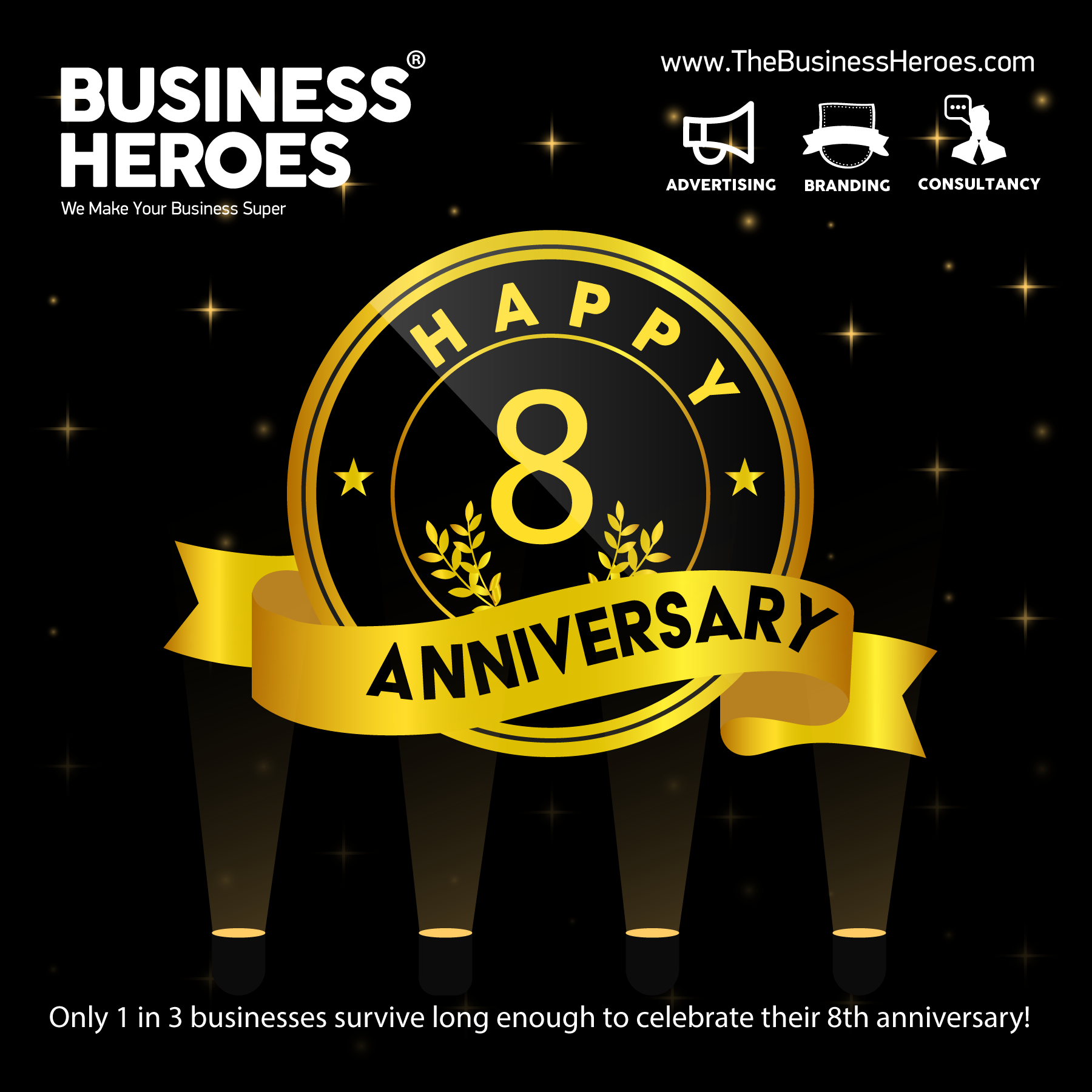
In today’s fast-paced world, change is the only constant. Whether it’s adapting to technological advancements, overcoming personal challenges, or thriving in a competitive professional landscape, the ability to innovate and grow is more important than ever. This is where Dr Zam’s latest book, The Evolving Innovator: Navigating Change, Igniting Success, and Changing the World, comes into play.
Why This Book Matters Now More Than Ever
Change can be intimidating, but it also presents an opportunity for growth and transformation. The Evolving Innovator is a comprehensive guide for individuals seeking to embrace change, unlock their potential, and make a meaningful impact in their personal and professional lives.
Through real-world examples, practical exercises, and actionable strategies, this book empowers readers to:
- Build resilience and thrive in uncertain times.
- Master critical thinking and problem-solving.
- Foster creativity and drive innovation.
- Lead with emotional intelligence and empathy.
- Champion ethical and responsible innovation for a better future.
Key Themes of The Evolving Innovator
- Resilience in the Face of Adversity:
Life throws challenges at us all. This book shows you how to bounce back stronger, turning setbacks into stepping stones for success. - Adaptability as a Superpower:
In an ever-changing world, those who adapt thrive. Learn how to embrace change, develop flexibility, and stay ahead in a rapidly evolving landscape. - Unleashing Creativity and Innovation:
Innovation isn’t just for tech giants or entrepreneurs. The Evolving Innovator teaches you how to think outside the box and apply creativity in all aspects of your life. - Thriving in the Digital Era:
From mastering digital tools to managing remote work, this book equips you with the skills needed to excel in today’s tech-driven world. - Leading with Purpose and Ethics:
True leadership goes beyond titles—it’s about making a positive impact. Discover how to lead with integrity, foster collaboration, and drive meaningful change.
Who Should Read This Book?
Whether you’re a student, professional, entrepreneur, or leader, The Evolving Innovator offers insights tailored to your journey. If you’re ready to embrace change, overcome obstacles, and make a difference in the world, this book is for you.
What Makes This Book Unique?
Dr Zam combines years of experience with cutting-edge research to provide a holistic approach to innovation and personal growth. Unlike other self-help books, The Evolving Innovator doesn’t just inspire—it equips you with practical tools and frameworks you can start using today.
How to Get Your Copy
Ready to start your journey as an evolving innovator? Here’s how you can grab your copy:
- Available on Amazon Kindle and Paperback: Search for The Evolving Innovator: Navigating Change, Igniting Success, and Changing the World on Amazon. (coming soon!)
- Available on Google Books (https://drzam.com/evolvinginnovator)
Take the First Step Today
Every journey starts with a single step. Let The Evolving Innovator be your guide to navigating change, achieving success, and leaving a lasting impact on the world.
Get Your Copy Now and Start Transforming Your Future!
















